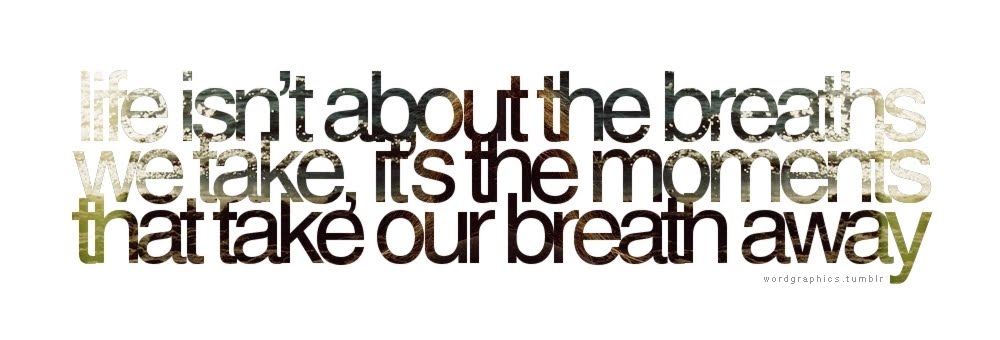Upon entering the complex you see the Rocket Garden. It is a display of historic rockets that put astronauts and satellites in space.
NASA's most incredible feat of engineering to date, a vehicle that launched like a rocket, flew in orbit like a spacecraft and landed on a runway like a glide plane. After 33 successful missions to space and back Space Shuttle Atlantis is the newest star at the Kennedy Space Centre. You stand feet away from Atlantis and experience all the awe and wonder that surrounds this amazing spacecraft. It is an experience that truly is awe inspiring and unforgettable.
These are replicas of the booster rockets that propelled Atlantis into space.

We took a bus tour to the restricted areas of Kennedy Space Centre. We got to experience the space program's past and future space exploration. We toured various launch pads, the exterior of the Vehicle Assembly Building (VAB) and the Shuttle Landing Facility as well we drove the NASA causeway to see a view of rocket launch sites at Cape Canaveral Air Force Station.
The crawler-transporters are a pair of tracked vehicles used to transport spacecraft from NASA's Vehicle Assembly Building (VAB) along the Crawlerway to Launch Complex 39. They were originally used to transport the Saturn IB and Saturn V rockets during the Apollo, Skylab and Apollo–Soyuz

We got to step inside Firing Room 4 of the Launch Control Centre to see and experience where engineers monitored system checks leading up to a launch.
We also visited the Apollo/Saturn V Centre. This is where it all began. On, July 20, 1969, millions of people all over the world held their breath while a single man put his foot on the moon's surface. We saw actual moon rocks and lunar suits. We were blown away to see the largest rocket ever flown, the mighty Saturn V. This monumental 363 feet rocket was America's lunar transportation for 24 brave astronauts who travelled to the moon and back.


Apollo 14 Space Capsule. Apollo 14 was the eighth manned mission in the United States Apollo program, and the third to land on the Moon. Alan Shepard, Command Module Pilot, Stuart Roosa, and Lunar Module Pilot Edgar Mitchell launched on their nine-day mission on Jan. 31, 1971. Shepard and Mitchell made their lunar landing on February 5 in the Fra Mauro formation; this had originally been the target of the aborted Apollo 13 mission. During the two lunar EVAs, 93 lbs. of Moon rocks were collected.
Alan Shepard plants an American flag on the Moon during Apollo 14. Shepard famously hit two golf balls on the lunar surface with a makeshift
.jpg)






